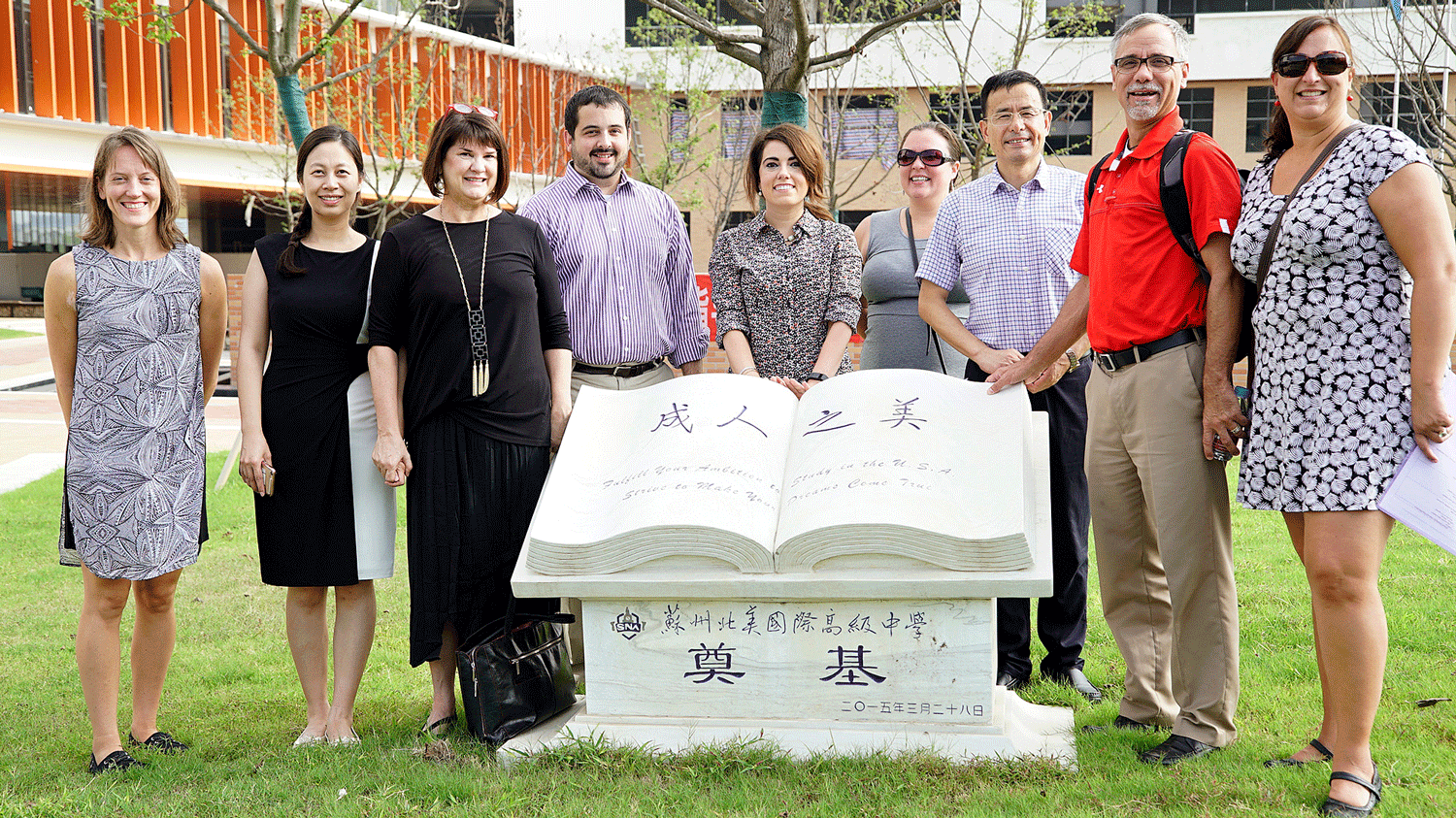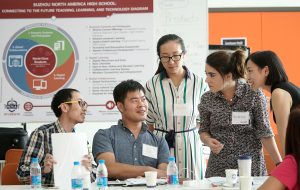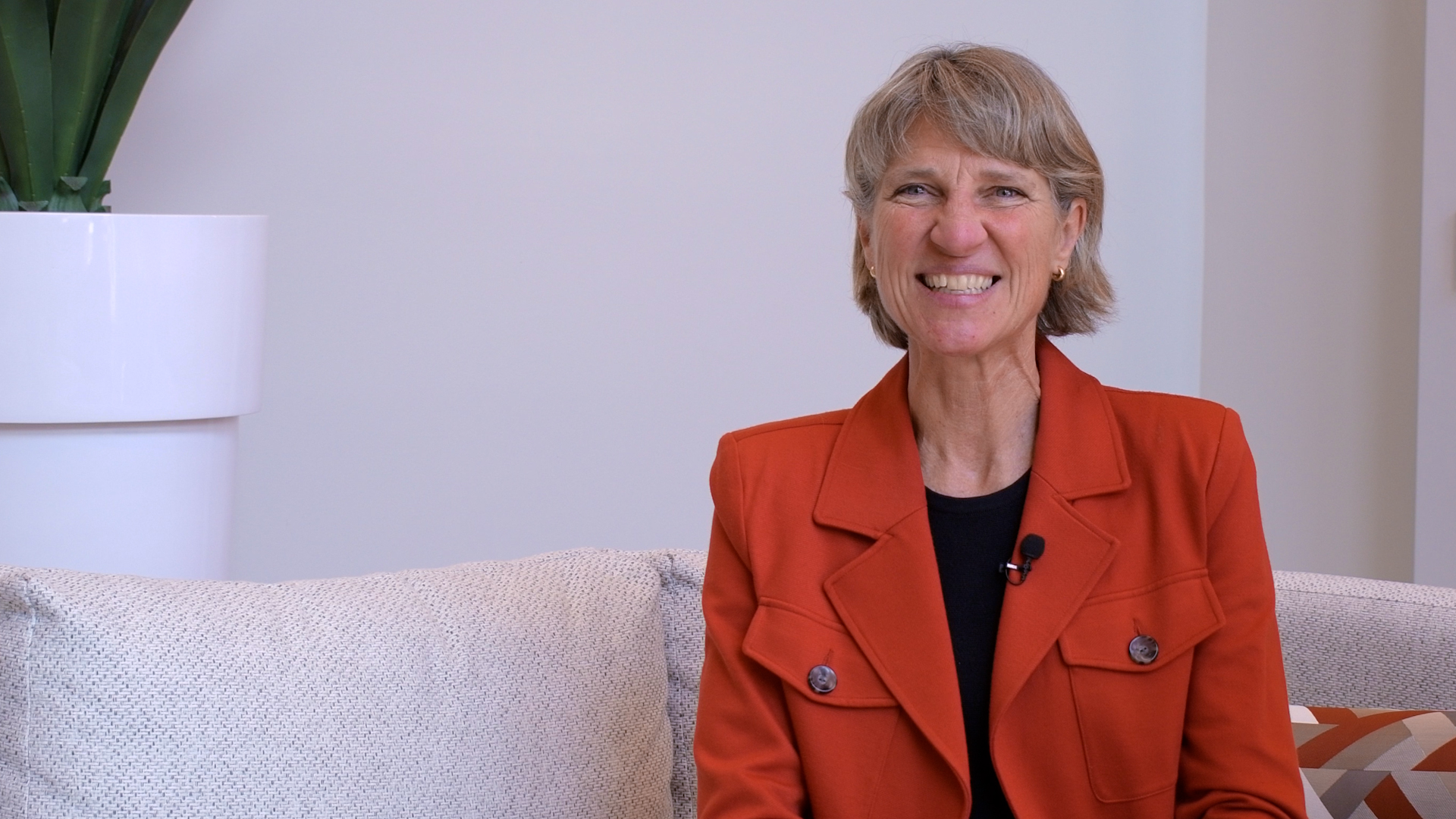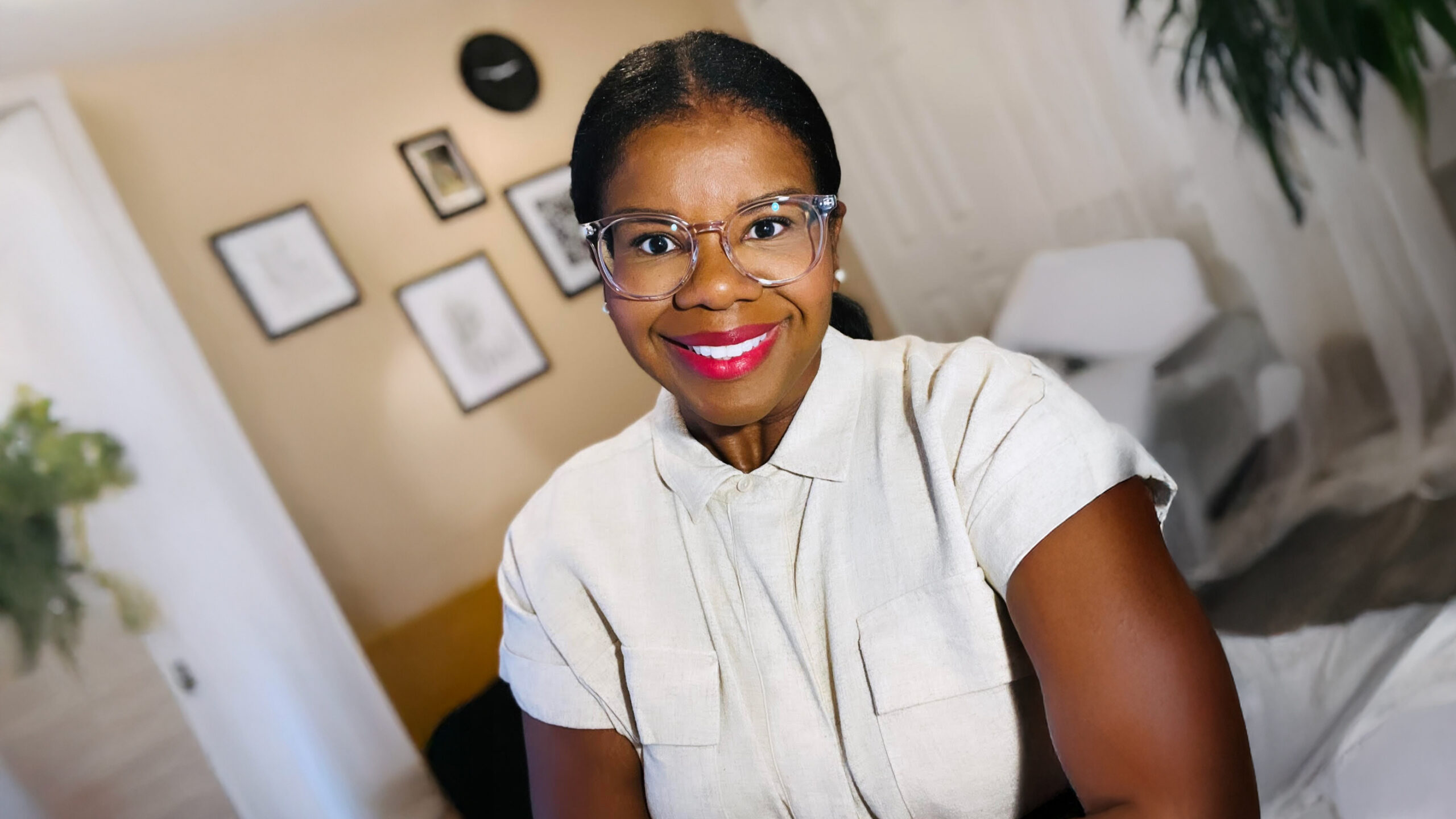Promoting Inquiry-Based Learning on a Global Scale

At the College of Education, our faculty are always on the lookout for innovative teaching methods. Hiller Spires, professor in the Teacher Education and Learning Sciences Department and senior research fellow at the Friday Institute, is no exception.
Spires is a leading scholar on the subject of inquiry-based learning. In contrast to the conventional method of teachers simply presenting facts to students, inquiry-based learning requires students to come up with their own questions about a new subject and then determine the answers with the guidance of the teacher.
In order to promote inquiry-based learning on a global level, Spires co-founded the New Literacies Teacher Leader Institute in 2009. An organization that now has more than 1,000 members, the group convenes once a year to discuss the latest in inquiry-based learning and emerging technologies.
The 2016 New Literacies Teacher Leader Institute took place at the newly created Suzhou North America High School in Suzhou, China. Joining Spires on the trip were Friday Institute research fellows Erin Lyjak and Marie Himes, as well as College of Education Ph.D. students Nick Fortune and Katie Green, and Wake STEM Early College faculty Andrea Gambino and David Schwenker. We asked Spires to share more about her experience at this year’s Institute.
What was the purpose of the 2016 New Literacies Teacher Leader Institute?

We conducted the New Literacies Teacher Leader Institute at the Suzhou North America High School (SNA) with 50 teachers and staff on the new school campus that we helped design. We have been working on the school for over two years now — designing the curriculum and the physical learning spaces to support our philosophy of contemporary teaching and learning, providing ongoing professional development for the teachers, and supporting the school with new technologies. The school opened on Sept. 5 with 300 students and a diverse faculty, many of whom have taught around the world. Watch a video recap of the Institute here.
What do you hope that SNA will accomplish?
Our vision for SNA is that it will be a state-of-the-art high school that embraces the best of Chinese and American education. The Chinese students who attend the school are interested in applying to institutions of higher education in America. The curriculum, in part, will help acclimate students to academic and social life in college. SNA is a partner school with Wake STEM Early College High School. The two schools have collaborated through PBI Global, which is a process for conducting cross-cultural inquiry projects, an International Club. The strategic partnership between these two schools promotes global readiness in students in North Carolina and China.
How is your work furthering global education?
Through our signature pedagogy, PBI Global, my team and I facilitate cross-cultural inquiry projects among students and teacher from different countries. The North Carolina State Board of Education’s Task Force on Global Education has recommended that teachers embed global themes and problem-based learning throughout their instruction and make strategic international partnerships. PBI Global is an example of putting the state board’s policy into practice. Our goal is for every student, regardless of achievement and socioeconomic status, to experience diverse cultures and become globally competent.
What steps can educators take to ensure they are using new literacies and providing students with a global education?

The first step toward developing global learning opportunities in your classroom is to find like-minded educators who support students’ efforts to learn about diverse cultures. New digital resources pop up daily, but a couple of time-honored sites are: Julie Lindsey’s Flat Connections, which provides an online space for educators around the world to connect their students; and GlobalSchoolNet, a worldwide e-learning platform that supports multi-lingual project-based collaborations. Perseverance and an adventurous spirit are the keys to creating a global-ready classroom.
- Categories:


